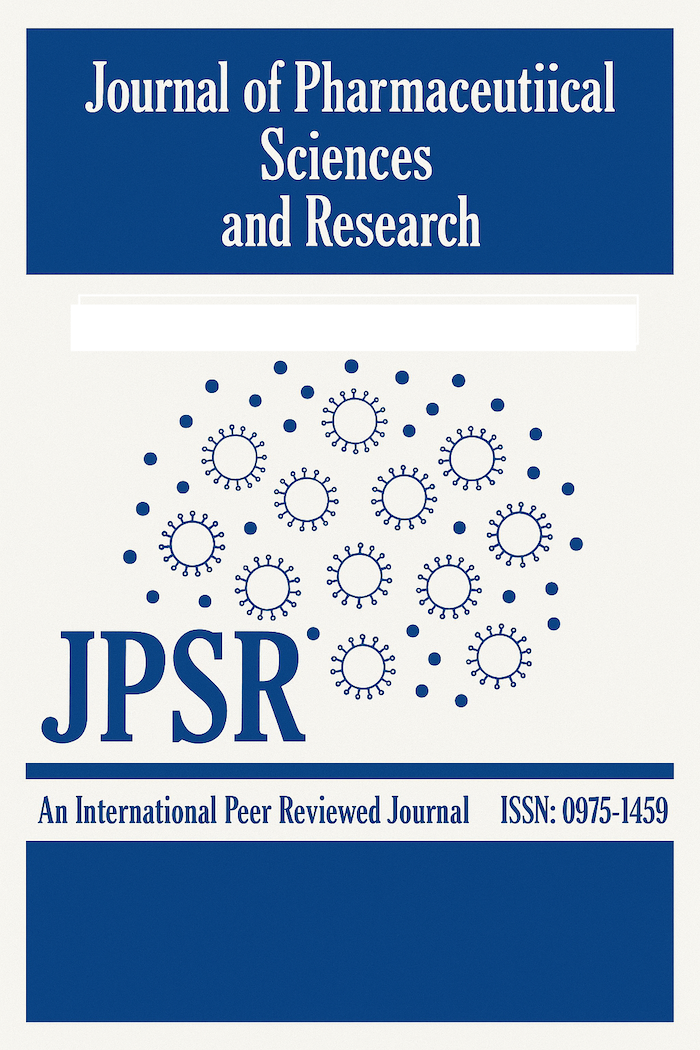Abstract
The adsorption of fluoride from the aqueous solution containing fluoride was investigated using modified carbon
material developed from Ficus benghalensis leaf (MACFBL). The effect of different parameters such as adsorbent
dose, pH, adsorption speed, contact time, initial fluoride concentration, and temperature has been explored by Batch
adsorption experiments. Fluoride adsorption equilibrium was established after 150 min in the range of 2–10 mg/l of
initial fluoride concentrations. The batch experiment result and the isotherm equilibrium data were studied by using the
Langmuir, Freundlich, Temkin and Dubinin–Radushkevich isotherm models for the removal of fluoride. The results of
the investigation obtained from the linear plots of isotherm models were fitted precisely by the Langmuir adsorption
isotherm model with the correlation coefficients of 0.999, 0.991, 0.982 and 0.976 at 303K, 313K, 323K and 333K,
respectively. The linear plots of the Temkin and Dubinin-Radushkevich isotherm models were also suitable and show
acceptable results for fluoride adsorption especially at lower temperatures. Assessment of the experimental results of
defluoridation using the Langmuir model made known that the highest fluoride adsorption capacity onto modified
carbon material of Ficus benghalensis leaf (MACFB) was 0.808 mg/g at 303.
Keywords: Adsorption, Fluoride, Equilibrium, isotherm, Ficus benghalensis
